Ford’s EcoBoost line of powerplants has been the talk of the industry as of late: from performance and fuel economy to marketing and advertising, there’s no question that The Blue Oval has done an outstanding job with EcoBoost. The only problem is, EcoBoost only came in a V6 guise… until now.
Ford has announced that the (much-rumored) 1.6 liter EcoBoost inline-four cylinder will join the EcoBoost family. The engine will produce 168 horse and 173 lb.-ft. of torque while sharing standard EcoBoost family traits such as direct injection, a turbocharger, and dual independent variable valve timing.
Ford plans to offer EcoBoost on 90 percent of its vehicles, with 66 percent being inline-four engines by 2013. The boosted four-banger will make its first appearance in the C-MAX people mover and then make its way into other C-segment Ford products including the new Focus.
[expand]
FORD C-MAX INTRODUCES 1.6-LITER ECOBOOST ENGINE TO NORTH AMERICA, PROMISING POWER AND EFFICIENCY
* The 1.6-liter EcoBoost™ I-4 engine in Ford C-MAX will deliver class-leading power and fuel economy in the small crossover segment while providing owners with the fun-to-drive quality that has become a hallmark of Ford EcoBoost engines
* Twin independent variable camshaft timing (Ti-VCT) combines with a single turbocharger and direct gasoline injection to maximize horsepower, torque and fuel economy
* By 2013, 90 percent of Ford’s vehicles in North America will be available with EcoBoost, with I-4 engines making up 66 percent of the EcoBoost lineup
DEARBORN, Mich., Dec. 20, 2010 – To complement its bold, dynamic kinetic design, the Ford C-MAX also will offer a unique 1.6-liter EcoBoost™ engine, promising class-leading power and fuel economy for an all-new compact family vehicle.
The 1.6-liter EcoBoost I-4 uses advanced technologies such as twin independent variable camshaft timing (Ti-VCT), turbocharging and direct gasoline injection to deliver up to 168 horsepower with non-premium fuel and 173 lb.-ft. of sustained torque.
“Driving enthusiasts have families, too, and C-MAX with EcoBoost is aimed squarely at meeting their needs,” said Barb Samardzich, vice president, Ford Global Product Programs. “It’s going to introduce a new type of customer to the joys of EcoBoost, and we’re confident the torque, flexibility and fuel economy mean C-MAX will set a high bar in this untapped North American market.”
Technologies – and results
A global Ford design, the lightweight, all-aluminum 1.6-liter EcoBoost I-4 combines three technologies – high-pressure direct injection, low-inertia turbocharging and Ti-VCT – to create an advanced combustion system that brings new levels of performance and fuel efficiency to small four-cylinder engines.
The success of Ford’s EcoBoost system lies in a combination of advanced hardware and a complex control system using hundreds of thousands of lines of computer code and related parameters. Through extensive research and testing, engineers have developed these proprietary software strategies integrating the engine, transmission and fuel management for dynamic driving.
The turbocharger increases airflow in the engine to boost power, while centrally mounted direct injection helps enable more efficient fuel burn for better economy. As with all EcoBoost engines, the 1.6-liter I-4 will produce maximum torque at relatively low engine speeds and maintain it across a broad range – estimated from 1,500 rpm to 4,500 rpm, according to preliminary Ford data.
“One of the key characteristics of an EcoBoost engine is its ability to produce peak torque across a very wide engine speed range,” explained Andrew Brumley, Ford chief program engineer. “Accelerating away from a stoplight and passing maneuvers require just a light press on the throttle to get the job done – the engine doesn’t have to spin to high rpm to generate the necessary power.”
Working with the direct gasoline injection system, a state-of-the-art turbocharger ensures virtually lag-free operation at all engine speeds. In service, the turbo spins at up to 200,000 rpm and is designed for a life cycle of 150,000 miles or 10 years.
Turbocharger “whoosh” is mitigated by electronically controlled anti-surge valves that proactively relieve the boost in the intake, which can range up to 17 psi. Careful software calibrations manage the pressures in the intake manifold, and an air-to-air intercooler lowers air temperature before it reaches the engine, resulting in a denser, cooler intake charge.
The combustion system has been completely redesigned and re-engineered to take advantage of the EcoBoost system’s increased performance. The cam-driven high-pressure mechanical fuel pump operates at up to 2,220 psi – more than 50 times the norm seen in a conventional I-4 engine.
As demands on the turbocharged 1.6-liter EcoBoost I-4 engine are increased, the control system responds to maintain optimal combustion, timing and injection duration.
On each stroke, six individual jets on each fuel injector spray fuel directly into the combustion chamber, mixing with the incoming air. By bringing the fuel injector right into the combustion chamber, there’s no delay from the time the fuel is injected to when it’s used by the engine.
The 1.6-liter engine uses centrally mounted fuel injectors located beside the spark plug at the top of the combustion chamber. When the fuel is injected into the cylinder, it evaporates and cools the air that’s been inducted into the cylinder. The centrally mounted injector also helps ensure optimum fuel mixing for peak power and lower emissions.
“Direct injection, particularly with a centrally mounted injector, allows for greater charge density,” explains Brumley. “The fuel doesn’t displace intake air as it does on a port injection engine, and we get improved fuel mixing. Technical terms aside, the result is more efficient combustion that the customer enjoys in the form of improved fuel economy.”
Also aiding engine breathing is Ford’s advanced Ti-VCT. This technology allows precise, variable timing control of both the intake and exhaust camshafts, which control the valve opening and closing events.
Another benefit of Ti-VCT technology is a broadened torque curve. Because the Ti-VCT strategy allows the intake valve to be advanced, instant power is delivered on demand at low speeds. At higher speeds, the intake cam is retarded and higher airflows are available, which results in approximately a 10 percent power improvement versus non-VCT engines.
The ability to vary the overlap between the intake and exhaust valves also leads to better fuel economy – approximately a 3 to 4 percent improvement from this strategy alone compared with non-VCT engines.
Fuel economy also is aided by minimizing weight throughout the engine. The block, cylinder head and oil pan – traditionally the heaviest engine components – are aluminum castings. To increase rigidity, these elements are ribbed for additional strength and durability. Pistons also are cast aluminum, helping to reduce reciprocating mass and adding to fuel efficiency.
Composite material is used to keep intake manifold weight to an absolute minimum while allowing for induction routing to increase thermal efficiency and improve low-end torque.
Global EcoBoost strategy
Since being introduced in 2009 on four vehicles – Ford Taurus SHO and Lincoln MKS full-size sedans and Ford Flex and Lincoln MKT crossovers – EcoBoost engines have been specified by a growing proportion of customers. In addition, a 3.5-liter EcoBoost engine arrives in F-150 pickups in March.
The addition of I-4 EcoBoost engines to the Ford lineup is a strong answer to consumer demand for engines of this size, which began in 2008. Approximately one-third of Ford’s U.S. engine volume is I-4, as customers want more fuel economy and lower emissions. EcoBoost engines help deliver performance on both fronts, reducing CO2 emissions compared to larger-displacement engines with similar power.
[/expand]

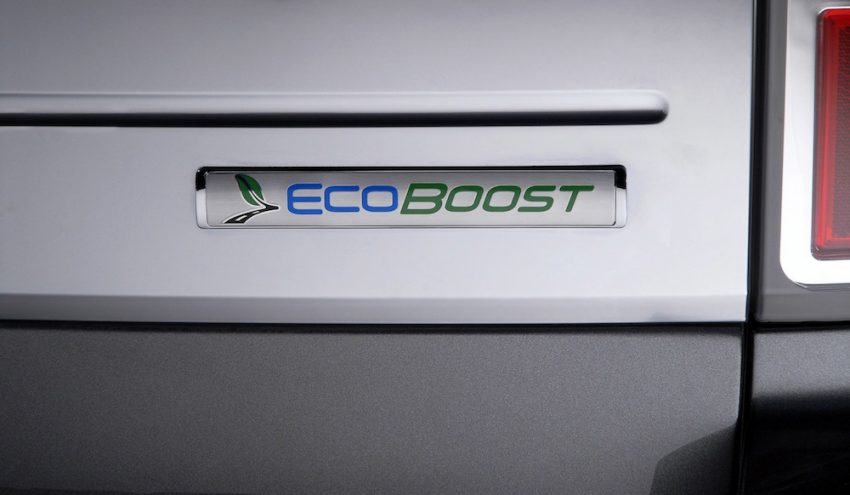
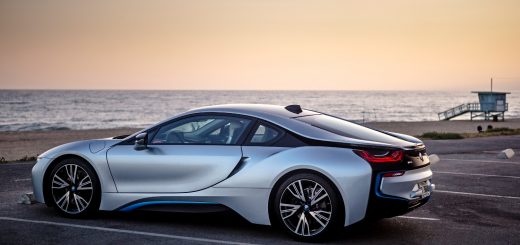
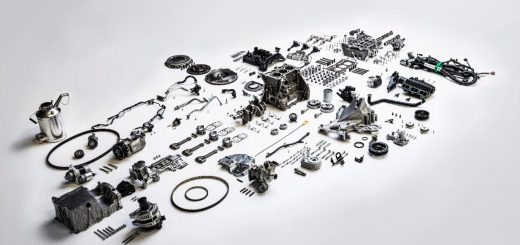
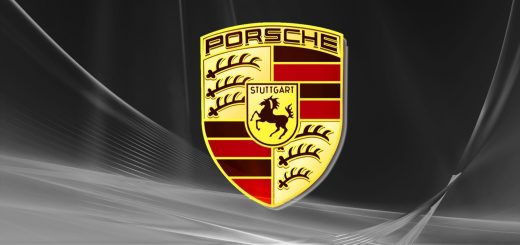
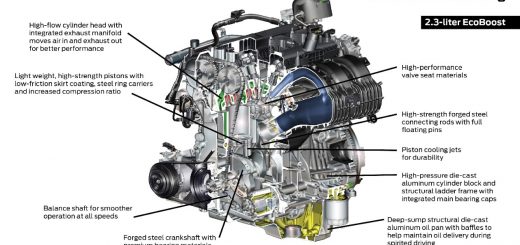
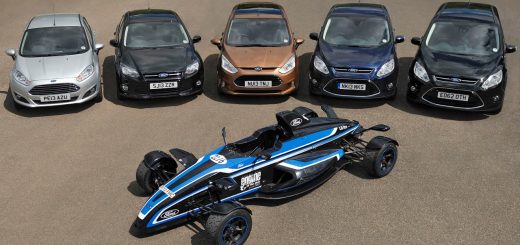
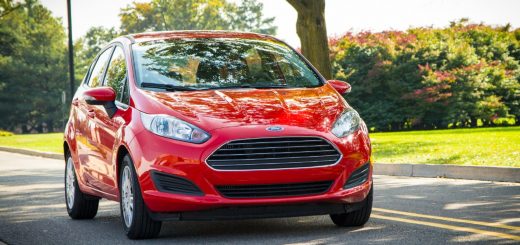






No Comments yet